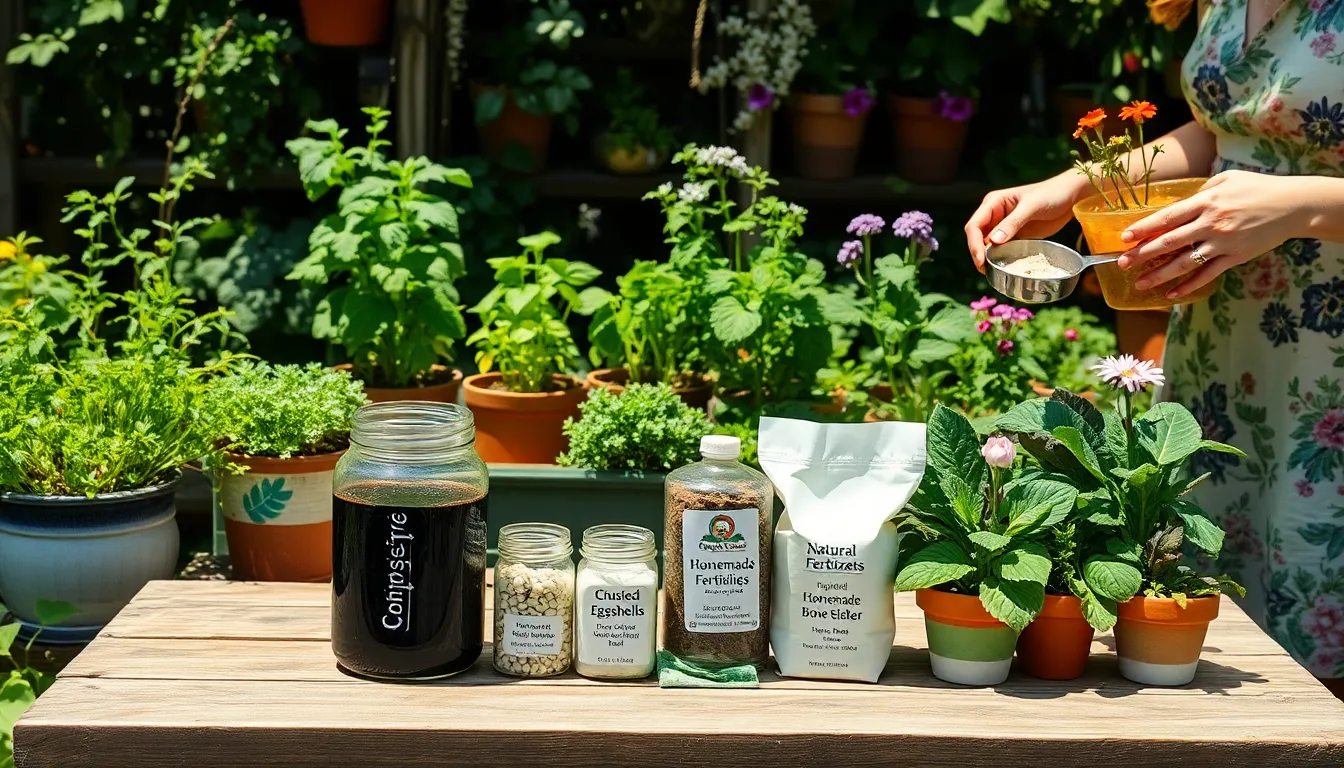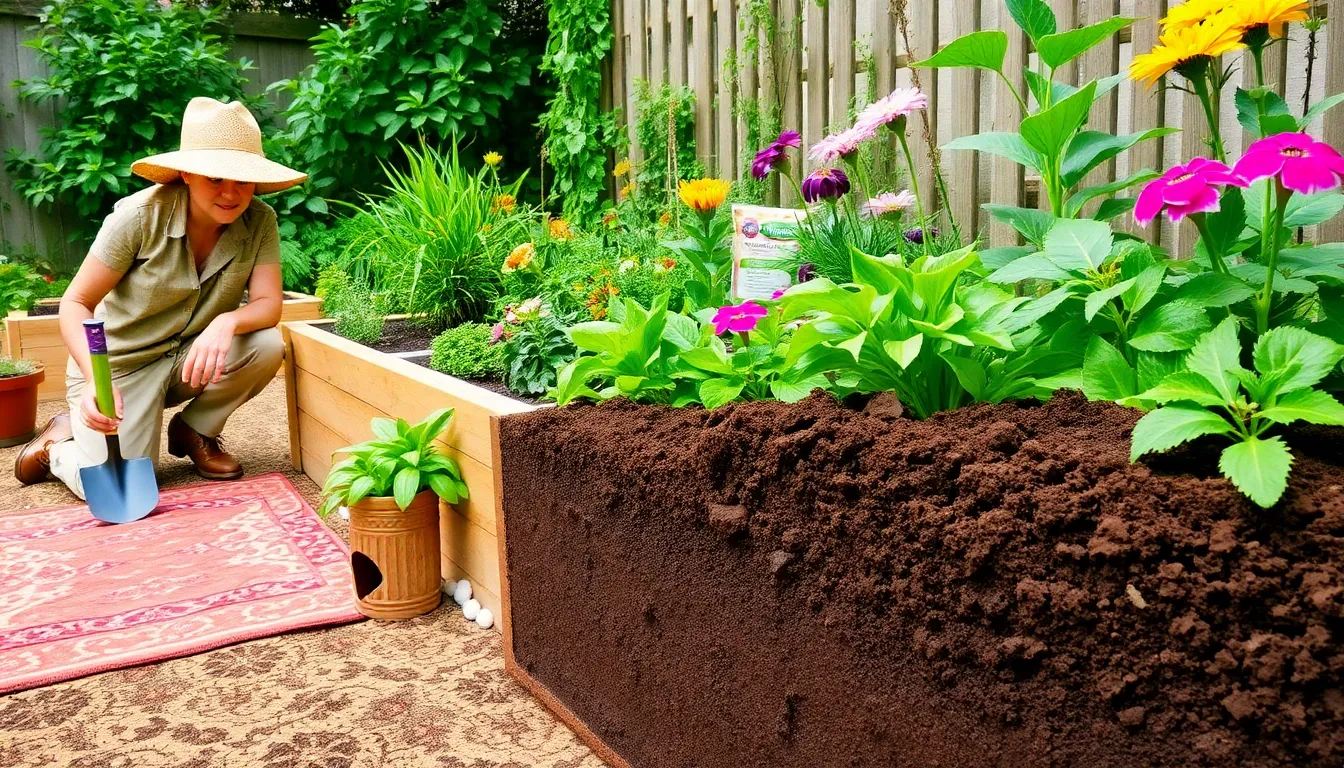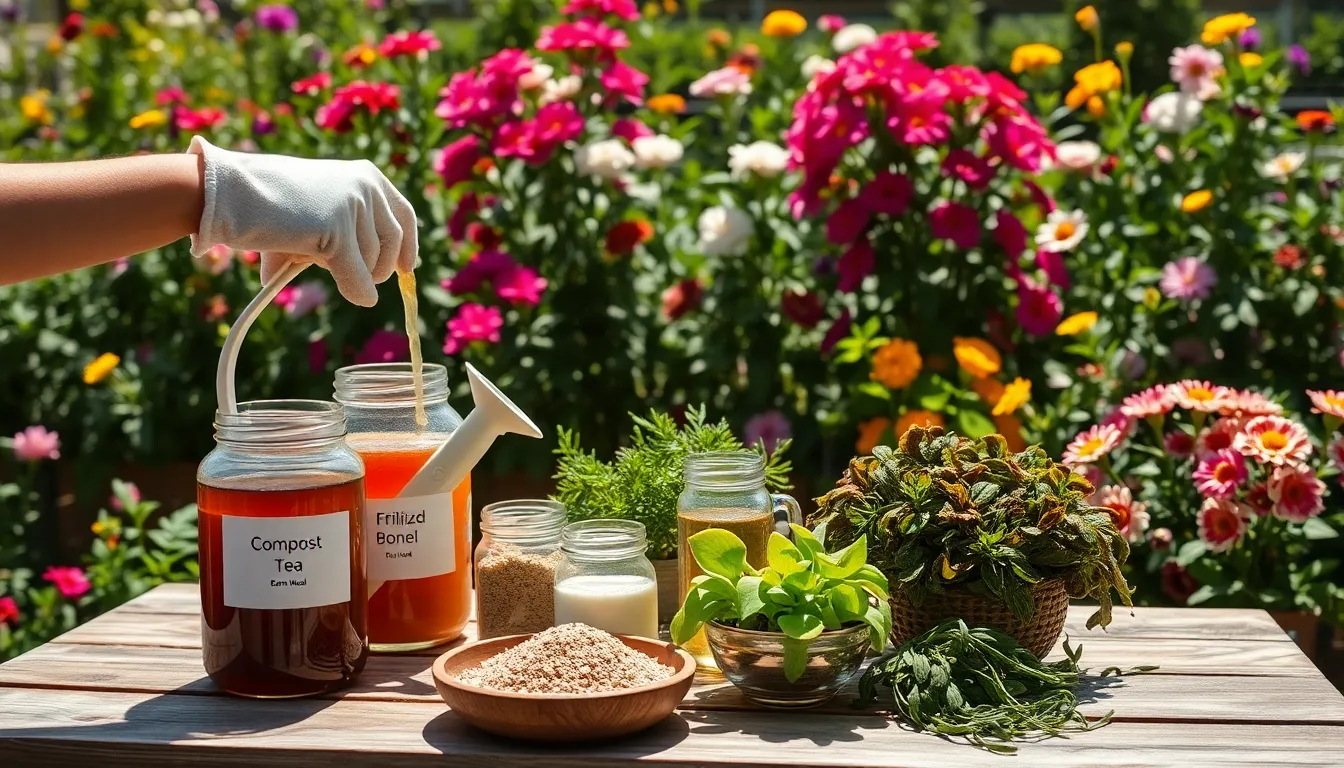In the world of gardening, nurturing your plants with organic fertilizers is akin to providing them with a nourishing home-cooked meal. Whether you’re a novice tending to your first window box or a seasoned gardener with a sprawling vegetable patch, understanding the benefits and methods of organic fertilization can elevate your gardening game. This practice not only enriches your soil and fosters robust plant growth but also aligns with an eco-friendly lifestyle, ensuring that your garden blossoms in harmony with nature.
Our guide to fertilizing plants organically is here to demystify the process, making it accessible and rewarding for gardeners of all skill levels. You’ll discover the various types of organic fertilizers available, from compost to bone meal, and how each can be tailored to meet your garden’s unique needs. Additionally, we’ll walk you through the art of timing and application, ensuring that your efforts yield vibrant blooms, bountiful harvests, and healthy greenery throughout the seasons. So, roll up your sleeves, and let’s delve into the organic way to nurture your garden with confidence and care.
Test Soil for Nutrient Deficiencies
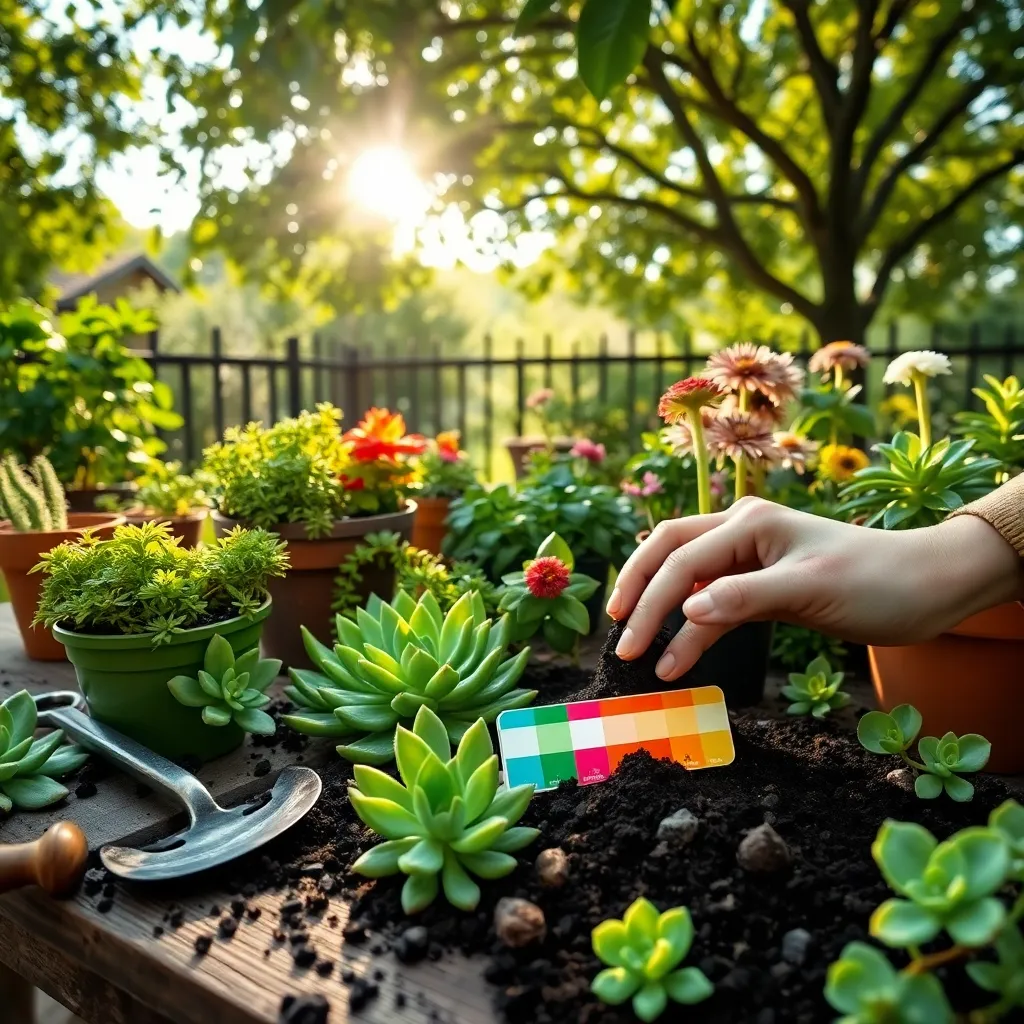
Understanding your soil’s nutrient content is essential for successful organic gardening. Testing soil for nutrient deficiencies helps you tailor your fertilization approach to meet your plants’ specific needs.
Begin by purchasing a soil test kit from your local garden center or online. These kits provide a simple way to measure levels of key nutrients like nitrogen, phosphorus, and potassium, as well as the soil’s pH.
Follow the instructions on your soil test kit carefully, as accurate results depend on proper sample collection. Typically, you’ll need to collect soil from several spots in your garden to get a representative sample.
Once you have your results, you can determine which organic fertilizers will best address any deficiencies. For example, if your soil is low in nitrogen, consider using composted manure or alfalfa meal to boost this essential nutrient.
Advanced gardeners might also consider sending soil samples to a professional lab for a more comprehensive analysis. This can provide additional insights into micronutrient levels and soil structure, enabling even more precise soil amendment strategies.
Select Suitable Organic Fertilizers
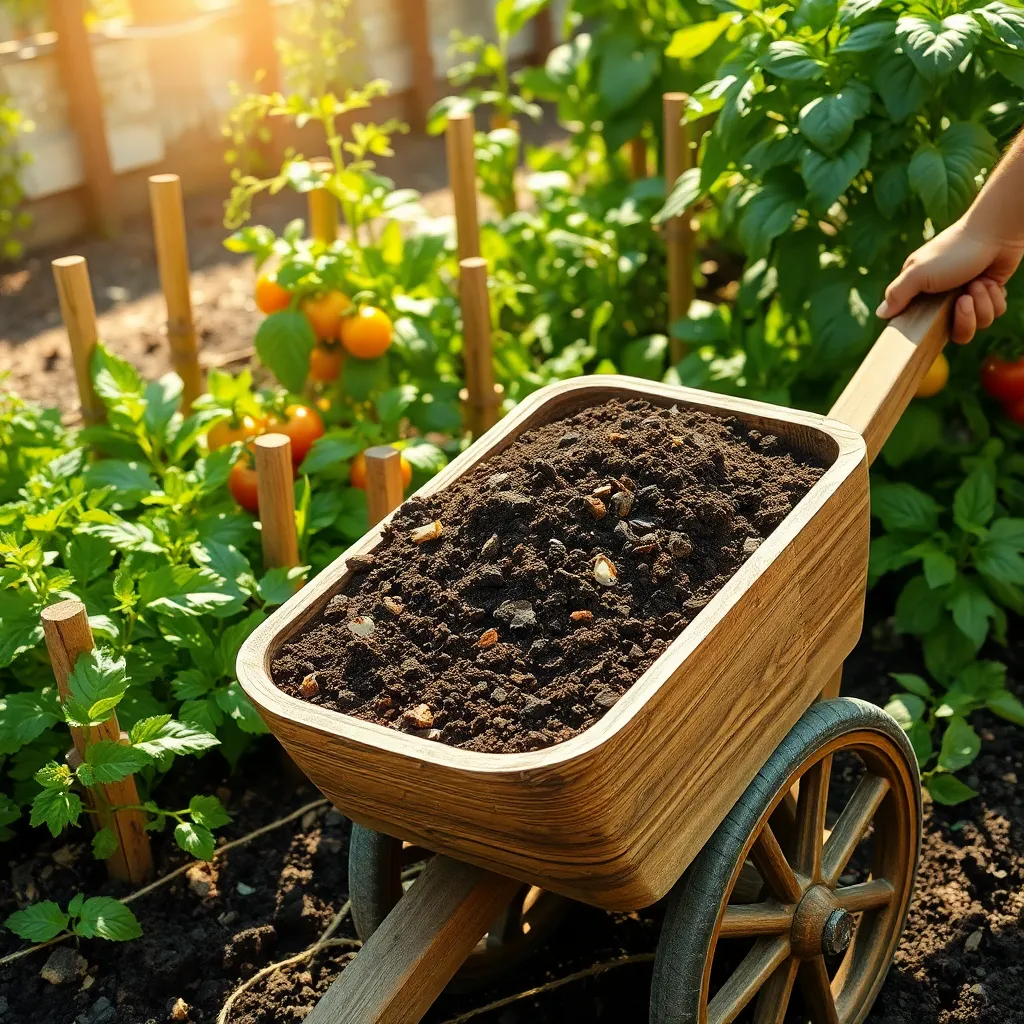
To choose the right organic fertilizers, it’s essential to understand your plant’s specific nutrient needs. Begin by identifying whether your plants require more nitrogen, phosphorous, or potassium, as these are the primary nutrients plants need for growth.
Once you know what your plants need, you can select the most suitable organic fertilizer. For nitrogen-rich needs, consider using composted manure or blood meal, which are excellent natural sources of this vital nutrient.
Phosphorous is critical for root development and flowering, and bone meal is a great organic option. This type of fertilizer is particularly beneficial for root vegetables and flowering plants, helping them thrive in a variety of soil types.
For plants that require more potassium, wood ash or kelp meal can provide the necessary boost. These fertilizers not only improve plant health but also enhance the soil structure, making them excellent choices for a range of gardening environments.
- For beginners, start with a balanced organic fertilizer if you’re unsure of specific nutrient needs.
- Experienced gardeners might create their own compost to tailor nutrient content to their plants’ requirements.
- Always follow the application instructions on the fertilizer package to avoid over-fertilizing, which can harm your plants.
Apply Fertilizer Evenly to Soil
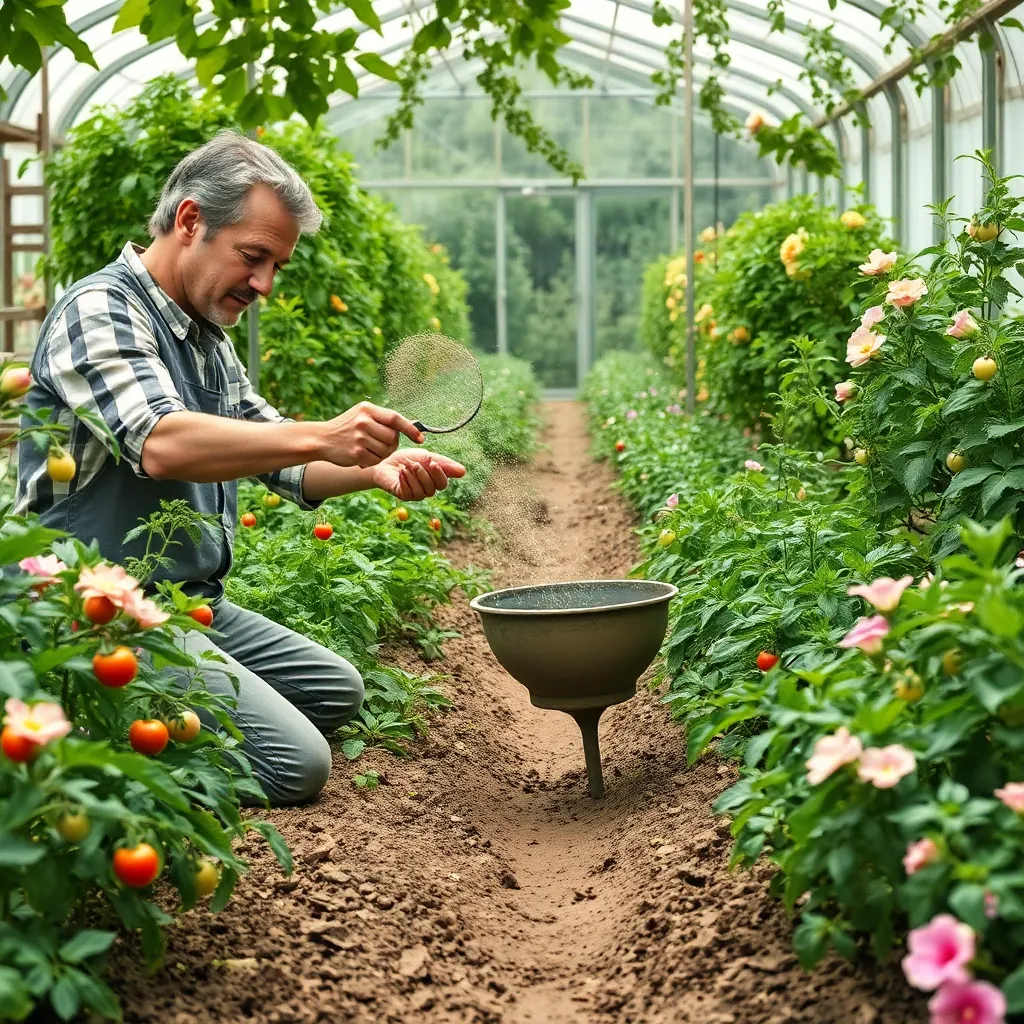
To apply fertilizer evenly to soil, begin by preparing the soil surface. Use a rake to break up clumps and remove any debris, ensuring a smooth, even layer.
Distributing organic fertilizer evenly is crucial for plant health. Spread the fertilizer using a hand-held spreader or by scattering it with your hands, aiming for even coverage across the soil.
Water the soil lightly after applying fertilizer, which helps the nutrients penetrate deeper. This practice ensures that the roots can easily access the nutrients, promoting better growth.
Consider the specific needs of your plants when applying fertilizer. For example, leafy greens benefit from nitrogen-rich fertilizers, while flowering plants thrive with phosphorus-rich options.
Water Plants to Activate Nutrients
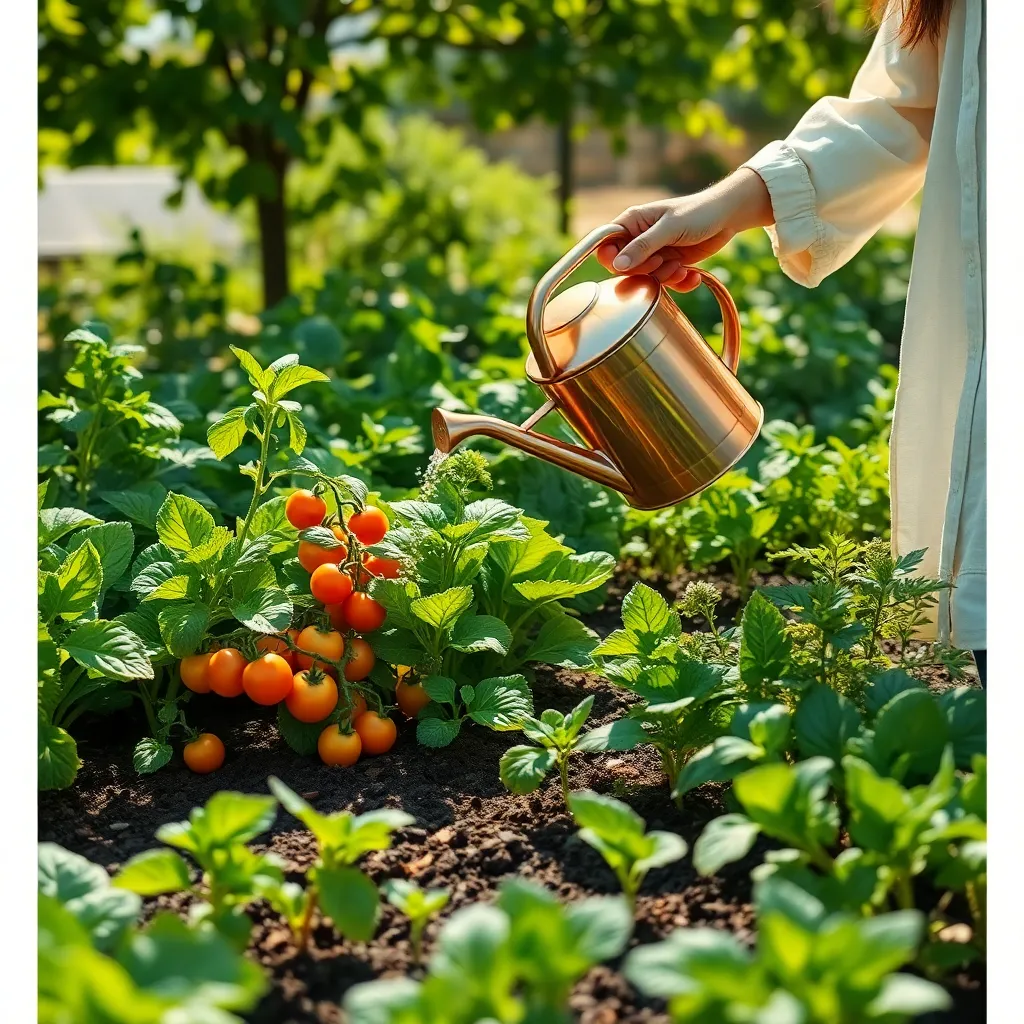
After applying organic fertilizer, it’s crucial to water your plants to help activate the nutrients and deliver them to the root system. Watering assists in breaking down the organic matter, allowing nutrients such as nitrogen, phosphorus, and potassium to become available to the plants.
For beginners, using a watering can with a fine rose head ensures gentle watering without disturbing the soil. Advanced gardeners might consider using a drip irrigation system, which provides consistent moisture and is highly effective in nutrient activation.
Watering should be done deeply but infrequently to encourage deep root growth, which enhances nutrient uptake. A good rule of thumb is to water until the soil is moist to a depth of 6 inches, especially in well-draining soils.
To maximize nutrient absorption, water your plants early in the morning or late afternoon to minimize evaporation. This practice also helps prevent fungal diseases by allowing foliage to dry before nightfall.
Monitor Growth and Adjust Feeding
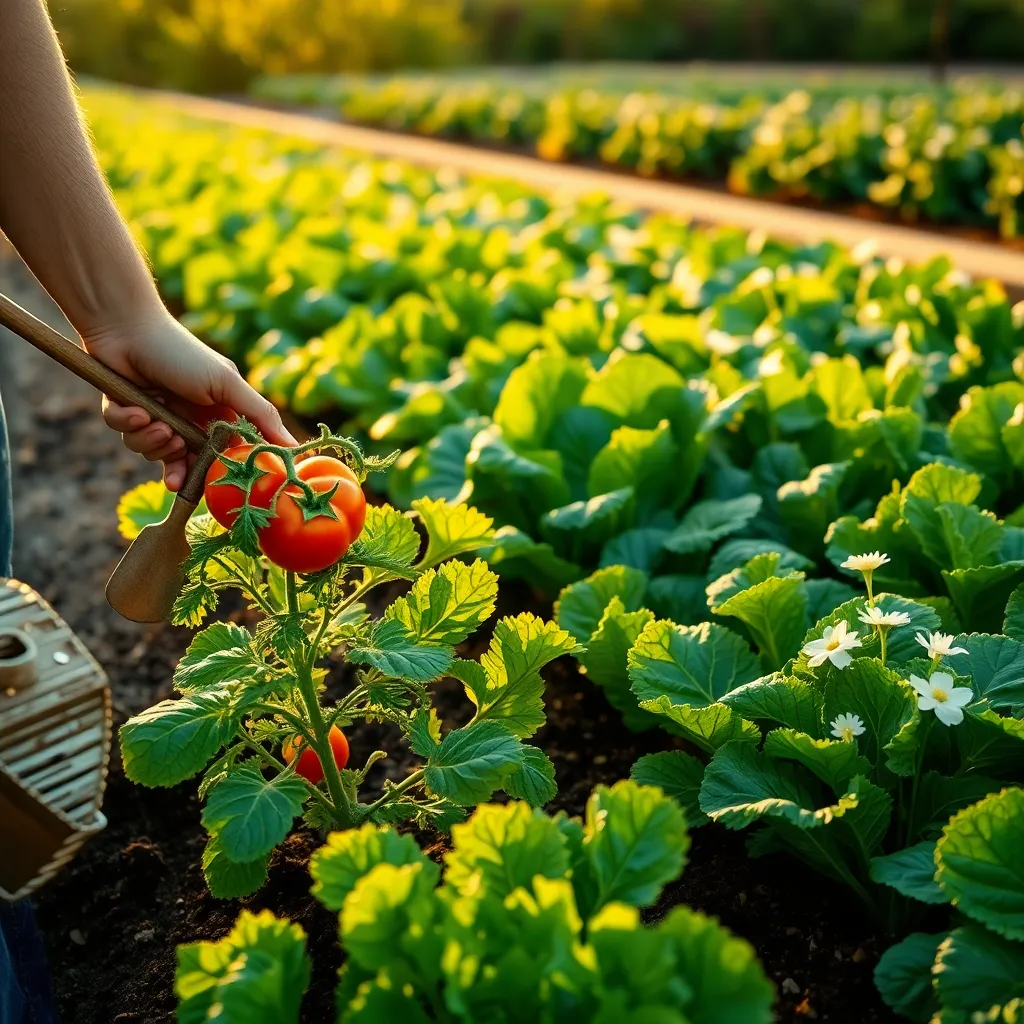
After watering, it’s crucial to monitor your plants’ growth regularly to ensure they are responding well to the organic fertilizers. Look for signs of vibrant growth, such as new leaves and a healthy color, as indicators that your plants are thriving.
Keep an eye out for any signs of nutrient deficiency, such as yellowing leaves or stunted growth, which may suggest the need for adjusting your feeding schedule. If you notice these symptoms, consider providing a boost with additional compost or a liquid organic fertilizer.
When monitoring growth, use a notebook to track changes over time, noting the date, weather conditions, and any amendments you apply. This practice can help you identify patterns and better understand your plants’ needs throughout different seasons.
For advanced gardeners, testing your soil periodically using a home soil test kit can provide insights into nutrient levels and help you fine-tune your fertilization strategy. This proactive approach ensures that you are not over or underfeeding, which can impact plant health.
Adjust your feeding regimen according to the plant type and growth stage. For instance, leafy greens may require more nitrogen during their initial growth, while fruiting plants might benefit from additional phosphorus as they begin to flower and set fruit.
Conclusion: Growing Success with These Plants
In nurturing both plants and relationships, the organic approach is key. This guide has explored five essential relationship concepts: understanding each other’s needs, nurturing with patience, creating a supportive environment, fostering open communication, and recognizing growth. Just as plants thrive with organic care, relationships blossom when we prioritize these natural and nourishing elements.
As an actionable next step, choose one concept to focus on this week and implement it in your daily interactions. Whether it’s taking time to listen more attentively or creating a space where open dialogue is encouraged, small changes can lead to significant growth.
Remember, relationships require ongoing care and attention. Bookmark this article to revisit these foundational ideas and ensure your relationships remain vibrant and healthy. By saving this guide, you’ll have a handy resource to refer back to whenever you need a gentle reminder of how to cultivate love and understanding organically.
Looking ahead, embracing these principles will set the stage for continued relationship success. With dedication and nurturing care, you can cultivate connections that are as resilient and flourishing as the most well-tended garden. Let’s grow together!

